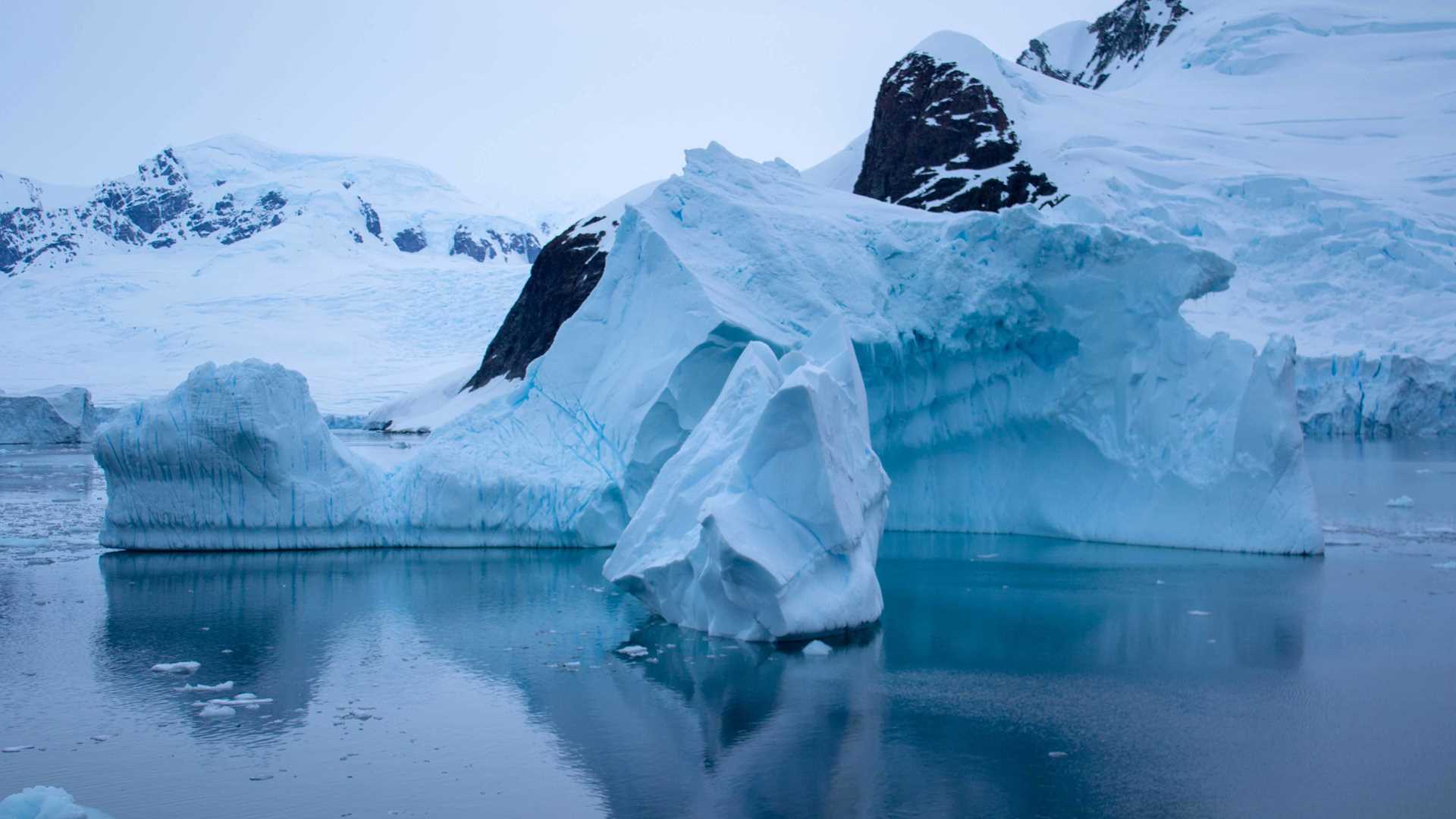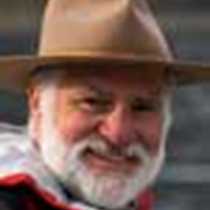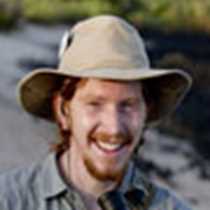Scrunch, scrunch, scrunch… We woke very early in the morning as the ship—in the dark and with searchlights lit—slowly made her way north for an early morning rendezvous at the southern entrance to the Lemaire Channel.
The names of places we visited are all linked to three important expeditions from more than 100 years ago. First Adrien de Gerlache on the Belgica, 1897-1899; and then Jean Baptiste Charcot on the Français and the Porquoi Pas, 1903-1905 and 1908-1910 respectively. The most important legacy of these expeditions is the surveying and science that was accomplished, which, particularly in the case of Charcot, was enormous.
The wake-up call was right on cue and a little later, the ship began transiting the most scenic of channels, narrow with mountains rise steeply on either side. All along the way, glaciers tumble down to the shoreline or hang at impossibly precarious angles and seem to defy gravity. We sighted the occasional seal and whale, and many birds. At the end of the channel, we entered the Bismarck Strait and, in the distance, Mount William and Mount Français were glowing in the morning light.
During breakfast, we anchored in the protected waters of Port Lockroy. Before heading ashore, we learned about the history of the base and what life is like, running the museum and gift shop during the Antarctic summer.
Throughout the morning, we went ashore in small groups and were greeted by the gentoo penguins that breed here before making our way into the little gift shop, post office, and museum. The base opened in the 1940s, initially as part of a secret operation called Operation Tabarin and later became a place for research, including work in upper atmospherics. It was closed in the early 1960s.
During lunch and in brilliant sunshine, we sailed along the Neumayer Channel into the Gerlache Strait. In no time at all, we heard an announcement that killer whales were spotted. The excitement that ensued was palpable and guests poured out onto the decks to watch the amazing wildlife spectacle that lasted a couple of hours. The killer whales were Gerlache killer whales. They inhabit the strait and are thought to be fish feeders, diving to 600 to 1,800 feet in search of prey. The animals were all a yellowish color from the diatoms that cling to their skin. They would often come up to the surface to check things out and could be clearly seen in the waters. What made the whole experience even more special was the presence of a small minke whale that was accompanying the pod and seemed to play with them. Later on, an Antarctic fur seal and humpback whale joined in the fun.
Reluctantly, we left the animals and headed north. It had been a long day, but what a day it turned out to be! This remarkable place and its amazing wildlife left us feeling very thankful for the privilege of being down here.










